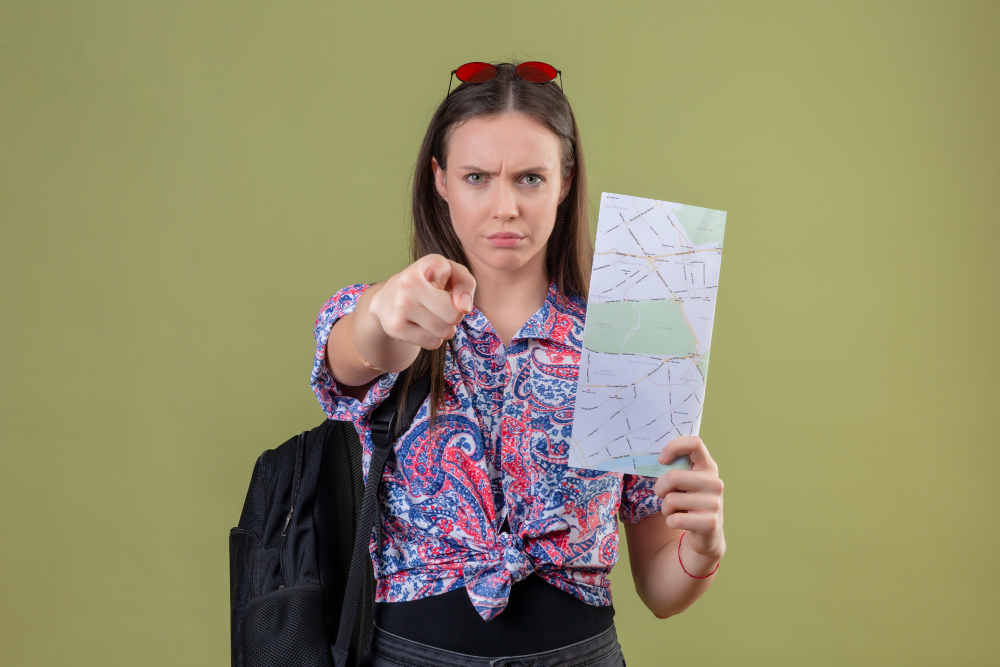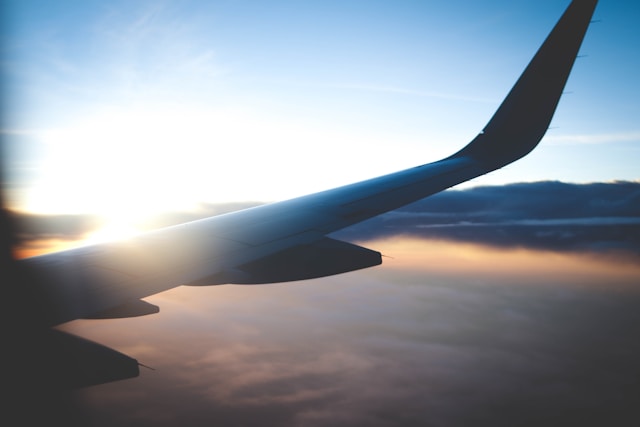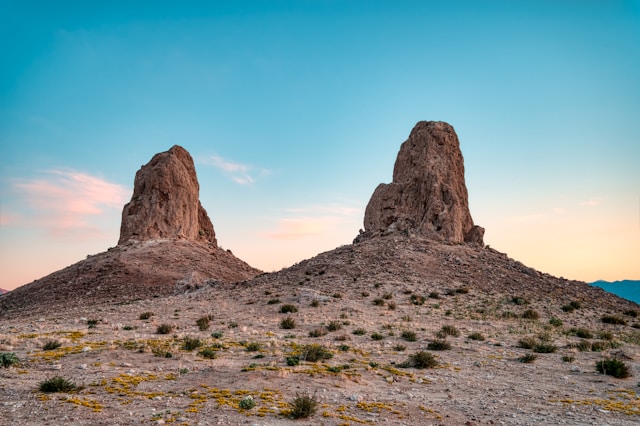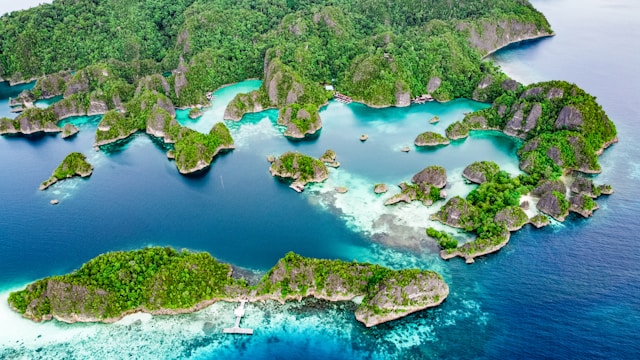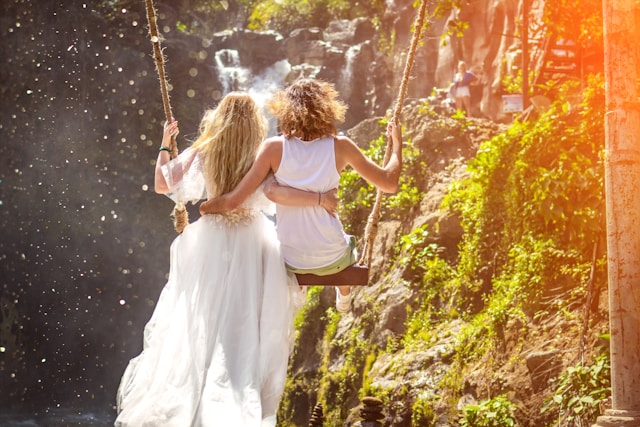What is backpacking travel? For many, it conjures images of young travelers trekking through mountains with oversized packs, eating instant noodles, and sleeping in cheap hostels. But that stereotype only scratches the surface. Backpacking travel is a flexible, budget-conscious, and deeply rewarding way to explore the world, regardless of age or experience.
However, numerous myths continue to cloud its reputation. Whether you’re a travel newbie or considering your first backpacking trip, it’s time to bust the most common misconceptions. In this article, we’ll explore 9 myths you need to stop believing about backpacking travel—so you can plan smarter, travel farther, and enjoy more.
1. Myth #1: Backpacking Is Only for the Young
One of the most persistent myths is that backpacking is only for 20-somethings on a gap year. While it’s true that many young travelers embrace backpacking, the lifestyle appeals to all ages.
Reality:
Many retirees backpack full-time after retirement
Families with kids enjoy extended backpacking trips
Older travelers often have the freedom and savings to travel longer and smarter
Backpacking isn’t an age—it’s a mindset. If you’re open to adventure and minimalism, you’re already a backpacker.
2. Myth #2: Backpacking Means Being Dirty or Unhygienic
There’s a belief that backpackers don’t shower, wear the same clothes for weeks, and sleep in questionable conditions.
Reality:
Most hostels today are clean, safe, and well-maintained
Backpackers carry compact toiletries, laundry soap, and grooming essentials
Budget doesn’t mean compromising on hygiene—it means spending smart
Backpackers often prioritize cleanliness because they move frequently, making hygiene even more essential than luxury travelers.
3. Myth #3: You Have to Quit Your Job to Go Backpacking
Many assume backpacking is only for digital nomads or those taking a year off. That’s not always the case.
Reality:
Weekend backpacking trips are becoming increasingly popular
Many people use vacation days to go on 1–2 week backpacking adventures
Sabbaticals, work exchanges, and remote work allow flexibility
You don’t need to abandon your career. Backpacking can fit around any lifestyle—you just need to plan it well.
4. Myth #4: Backpacking Means Always Roughing It
Some believe backpacking equals sleeping in shared dorms, eating canned food, and traveling uncomfortably.
Reality:
Backpacking is about choice and budget priorities, not suffering
Many backpackers mix hostels, guesthouses, and boutique stays
Street food is part of the experience, but so are local restaurants and cafés
You can be a backpacker and still enjoy comfort, privacy, and even luxury—just on your own terms.
5. Myth #5: It’s Not Safe to Backpack Solo
Safety is a common concern, especially for solo travelers. Many assume backpacking means vulnerability.
Reality:
Countries like Thailand, Portugal, New Zealand, and Japan are incredibly safe for backpackers
Most hostels offer lockers, female-only dorms, and secure premises
Online platforms, apps, and communities help backpackers stay informed and connected
As long as you take basic precautions, backpacking is as safe—if not safer—than other types of travel.
6. Myth #6: You Have to Be Super Fit to Go Backpacking
The stereotype of rugged mountain hikers and adrenaline junkies often discourages people from trying backpacking.
Reality:
You set your own pace—whether it’s slow city exploration or high-altitude trekking
Most destinations offer a mix of physical activity and rest opportunities
Many people with average fitness levels backpack comfortably
Whether you’re hiking Patagonia or strolling through Rome, backpacking is about exploration, not exhaustion.
7. Myth #7: Backpacking Is Only for the Ultra-Budget Traveler
Many assume backpackers are always broke and penny-pinching.
Reality:
Budget-conscious doesn’t mean poor—it means value-driven
Many backpackers spend wisely so they can travel longer
You can backpack with a tight or generous budget—it’s flexible
Backpacking allows you to save on unnecessary expenses and spend more on meaningful experiences, like diving in Indonesia or cooking classes in Italy.
8. Myth #8: Backpacking Is Only About “Roughing It” in Nature
While backpacking often includes hiking or rural areas, that’s only one side of the experience.
Reality:
Backpackers love urban exploration—art, music, markets, and street culture
Many routes include world capitals, historic towns, and coastal cities
Backpacking can be a blend of natural beauty and cultural immersion
Backpacking isn’t about where you go—it’s about how you experience the place.
9. Myth #9: You Can’t Backpack with a Partner or Family
Some people think backpacking is a solo activity by default. That’s far from true.
Reality:
Couples often backpack together to strengthen their bond and share experiences
Families with kids are now joining the backpacking lifestyle with ease
There are hostels, guesthouses, and homestays that cater to groups
Whether it’s your partner, sibling, or child, backpacking is about shared discovery—and it can bring people closer.
Conclusion: Backpacking Is for Everyone
So what is backpacking travel, really? It’s not a rigid label or a one-size-fits-all formula. It’s a way of seeing the world through a lens of curiosity, flexibility, and independence. Backpacking is about making meaningful connections—with people, cultures, and yourself—without the distractions of luxury or the limitations of tradition.
By busting these 9 common myths, we hope you’re inspired to pack your bag, ditch the stereotypes, and chart your own path. Backpacking isn’t for “a certain kind of traveler.” It’s for anyone who wants to explore the world on their own terms.
So, are you ready to throw on that backpack and discover what travel truly means to you?
FAQs
1. What exactly defines backpacking travel?
Backpacking is a style of independent, budget-conscious travel where you carry your gear (usually in a backpack), move frequently, and immerse yourself in local cultures. It’s about freedom and exploration, not just cost.
2. Is backpacking safe for solo female travelers?
Yes, many solo female travelers backpack safely around the world. Choose destinations with good reputations, stay connected, use women-friendly accommodations, and trust your instincts. Preparation and awareness are key.
3. Do I need special gear to start backpacking?
Not necessarily. Start with:
A comfortable backpack (25–45 liters)
Lightweight, versatile clothing
Basic travel gear (toiletries, travel towel, portable charger)
As you go, you’ll learn what works best for your style.
4. How much money should I budget for backpacking?
It depends on the region. For example:
Southeast Asia: \$25–\$50/day
Europe: \$50–\$100/day
South America: \$30–\$60/day
Backpacking is scalable—you can make it ultra-budget or mid-range depending on your choices.
5. What are the best destinations for first-time backpackers?
Great beginner-friendly destinations include:
Thailand and Vietnam (friendly, cheap, and well-traveled)
Portugal and Spain (easy transport, good hostels)
New Zealand (safe, English-speaking, scenic)
These places offer ease, beauty, and community for new backpackers.



